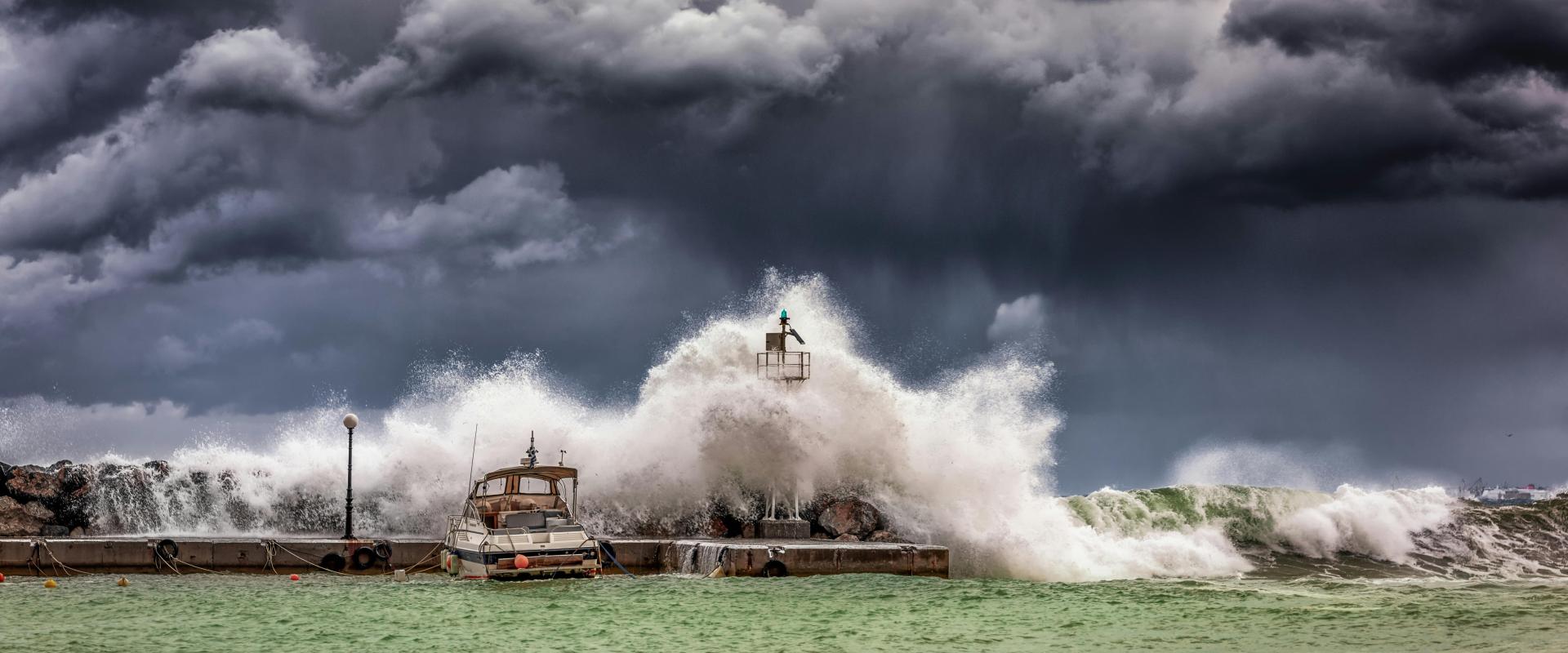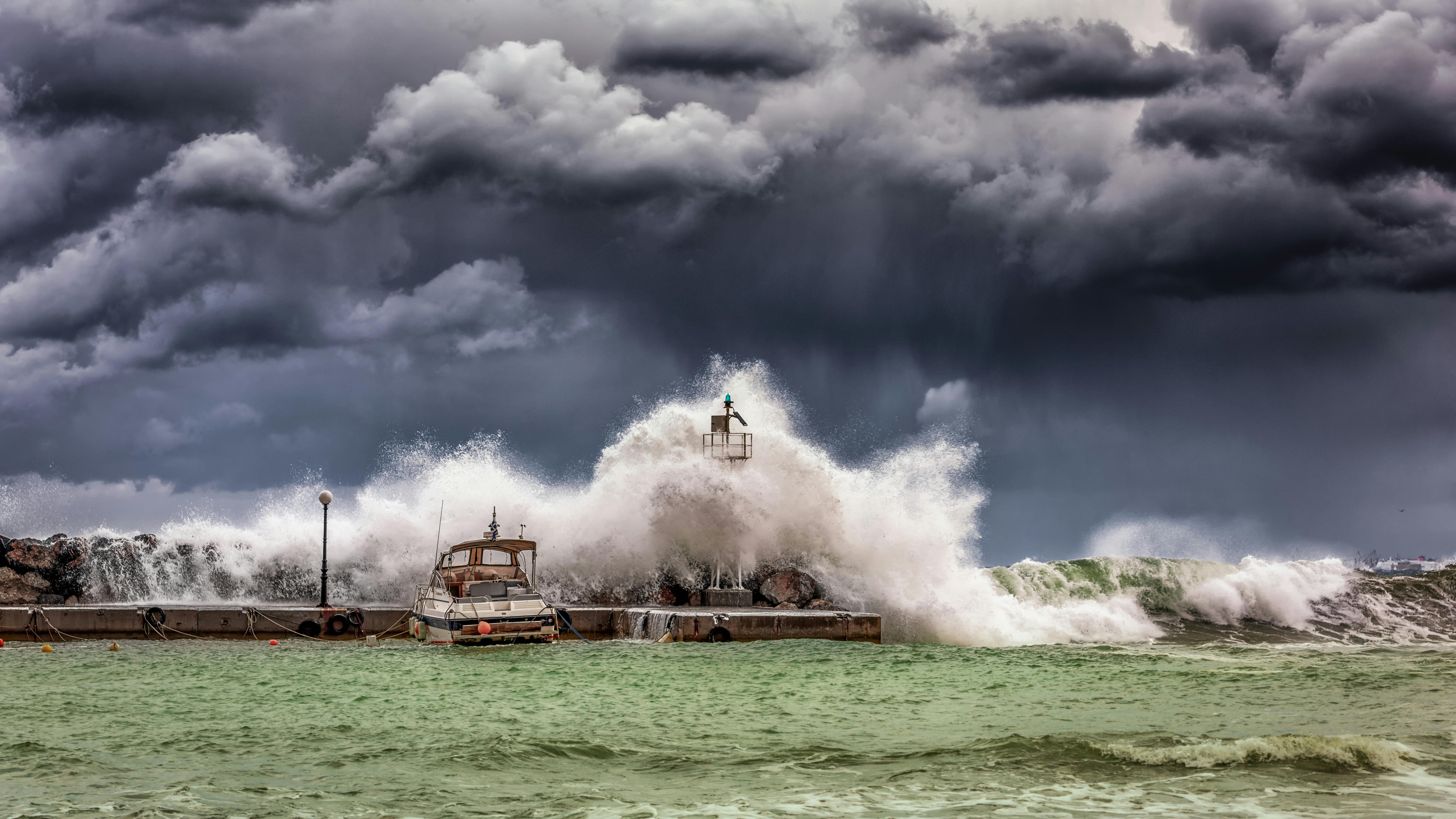
World Tsunami Awareness Day: Invest in Preparedness Now

Observed on Wednesday, November 5, 2026, World Tsunami Awareness Day highlights how preparedness saves lives. This year spotlights the Tsunami Ready Programme, a global effort to turn awareness into action by uniting governments, scientists, local leaders, and the public to reduce risk along vulnerable coasts. With effective early warning and community drills, a hazardous event doesn’t have to become a disaster.
Global Recognition and the United Nations Involvement
The UN General Assembly designated 5 November as World Tsunami Awareness Day in 2015, calling on countries, international bodies, and civil society to raise awareness and share innovative approaches to risk reduction. Facilitated by the UN Office for Disaster Risk Reduction (UNDRR) and aligned with the International Day for Disaster Risk Reduction and the “Financing Our Future” agenda the campaign emphasizes smart investment in resilience and shared responsibility for safer shores. In 2022, UNDRR launched #GetToHighGround, encouraging communities to practice evacuation routes through inclusive drills, runs, and walks.
The Goals of World Tsunami Awareness Day
-
Strengthen Early Warning & Early Action: Expand multi-hazard systems that reach every at-risk person with timely, trusted alerts.
-
Invest in Preparedness: Fund evacuation mapping, risk education, protective infrastructure, and regular community drills.
-
Build Cross-Border Coordination: Create interoperable protocols so neighboring coastlines share a common operating picture.
-
Protect Development Gains: Reduce asset losses early warnings alone can cut annual damage by 20% and keep economies resilient.
-
Mobilize Whole of Society Engagement: Empower youth, schools, and local organizations to lead community readiness efforts.
Annual Themes and Their Impact
This year’s campaign “Be Tsunami Ready: Invest in Tsunami Preparedness” aligns with global financing discussions to unlock sustainable funding for coastal resilience. It underscores practical steps that work everywhere: hazard education, signage and accessible routes, sirens and mobile alerts, evacuation drills, and coordinated exercises linking emergency services, schools, and businesses.
Connection to the Sustainable Development Goals (SDGs)
-
SDG 13: Climate Action – Risk-informed adaptation, forecasting, and rapid response reduce losses from coastal hazards.
-
SDG 11: Sustainable Cities & Communities – Resilient planning, evacuation design, and inclusive drills protect urban coastlines.
-
SDG 3: Good Health & Well-Being – Preparedness cuts mortality and injury and supports rapid recovery.
-
SDG 14: Life Below Water – Coastal ecosystem stewardship (mangroves, reefs, dunes) buffers waves and sustains biodiversity.
-
SDG 17: Partnerships for the Goals – Regional warning centers, science networks, and public–private coalitions scale impact.
Advancing Tsunami Literacy and Prepared Communities
Tsunamis are rare but high impact. They are usually triggered by undersea earthquakes, but can also follow landslides, volcanic eruptions, or rarely extraterrestrial impacts. Waves can arrive in sets over hours; the first wave is not always the largest, and drawdown between waves can expose the seafloor before the next surge. Communities that understand these signals act faster and safer. Practical actions include:
-
Installing multi-channel alerting (sirens, cell broadcast, radio/TV cut-ins).
-
Marking evacuation routes and safe assembly areas, with accessible design.
-
Running annual drills and integrating tsunami modules into school curricula.
-
Restoring natural buffers and enforcing risk-informed land use in inundation zones.
Engagement and Global Solidarity
On November 5, 2026, join the international community in investing in preparedness: host a #GetToHighGround event, review evacuation maps with family and neighbors, and advocate for fully funded, inclusive early-warning systems. Together, we can transform awareness into action and ensure coastal communities are ready, resilient, and safe.
World Tsunami Awareness Day Themes
| Year | Theme | Description |
|---|---|---|
| 2019 | Building Resilience Across Generations | Focused on disaster-resilient infrastructure, school preparedness, early warning systems, and youth engagement in disaster risk reduction. |
| 2020 | Strengthening Disaster Risk Governance | Highlighted the importance of inclusive risk governance and community preparedness, especially in the context of the COVID-19 pandemic. |
| 2021 | Sendai Seven Campaign – Target (f) | Promoted international cooperation to developing countries for disaster risk reduction as part of the Sendai Framework’s goal to enhance support by 2030. |
| 2022 | #GetToHighGround | Focused on promoting tsunami awareness through evacuation readiness campaigns and improving public understanding of tsunami evacuation strategies. |
| 2023 | Fighting Inequality for a Resilient Future | Emphasized how inequality increases tsunami vulnerability and called for inclusive approaches to disaster risk reduction to protect all communities. |
| 2024 | Empowering the Next Generation with the Lessons of the 2004 Indian Ocean Tsunami | Focused on educating youth about tsunami preparedness and enhancing early warning systems, inspired by the lessons of the 2004 tsunami disaster. |
| 2025 | Be Tsunami Ready: Invest in Tsunami Preparedness | Calls for investments in early warning systems, infrastructure resilience, and community preparedness to mitigate tsunami risks and save lives. |
